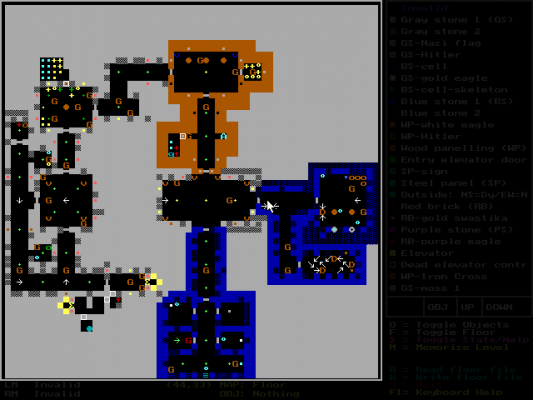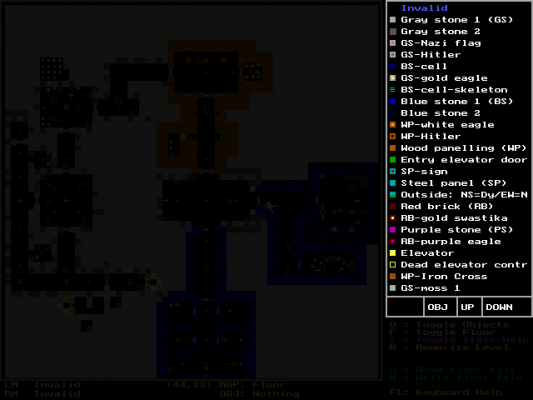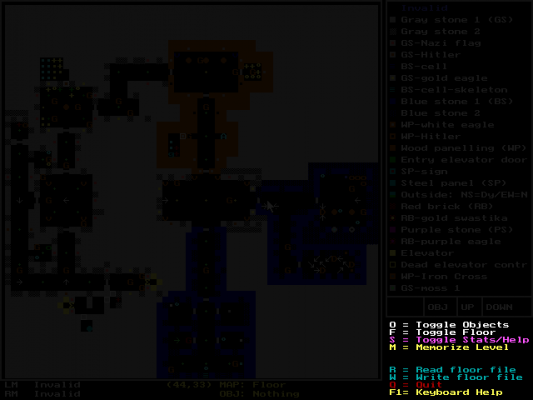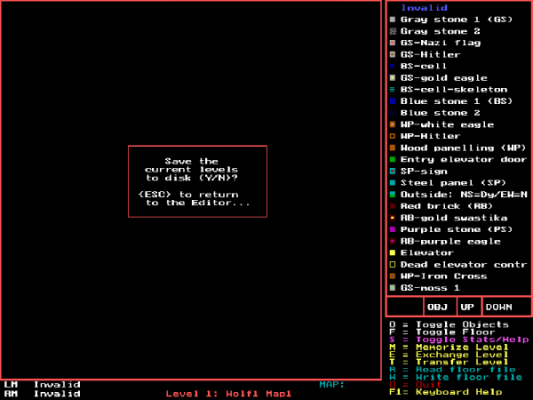There are many different versions of MapEdit (There are 18 known public versions!), and each has their own compatibilities with different versions and games.
This is due to the open-source nature of the program come version 4.0, when Bill Kirby started including the source code for MapEdit with the download. After that, multiple authors expanded the program in various ways.
The important question to ask yourself when picking a version of the program is simple; what game are you editing?
If your answer is "Super 3D Noah's Ark" or "Rise of the Triad: Dark War", unfortunately, no version of MapEdit is compatible with those titles.
I'm editing the Shareware episode of Wolfenstein 3D/the Spear of Destiny demo.
In this case, the optimal version to use would be MapEdit 7.2, which was the last release to allow for editing of these versions. This was due to Apogee's request that people don't modify the shareware games at the time, allegedly because it was worried it was interfering with sales of the full version of the game.
If you're editing version 1.0 of Shareware Wolf3D (The typically circulated release is version 1.4), then you will need to download MapEdit 3.0, as it is the only version capable of making maps for it.
I'm editing the full version of Wolfenstein 3D, Spear of Destiny, Operation Body Count, Corridor 7, or either Blake Stone game.
If you're editing one of the many other full games built on the Wolf3D engine (Sadly as mentioned prior, not including Super 3D Noah's Ark or ROTT), then the optimal version of the editor to use would be MapEdit 8.5, the last "official" version of the editor. This version won't work with any shareware or demo versions, but is the most feature complete out of all versions.
This guide will assume you are working with MapEdit 8.5, but differences between versions in use are very minimal.








